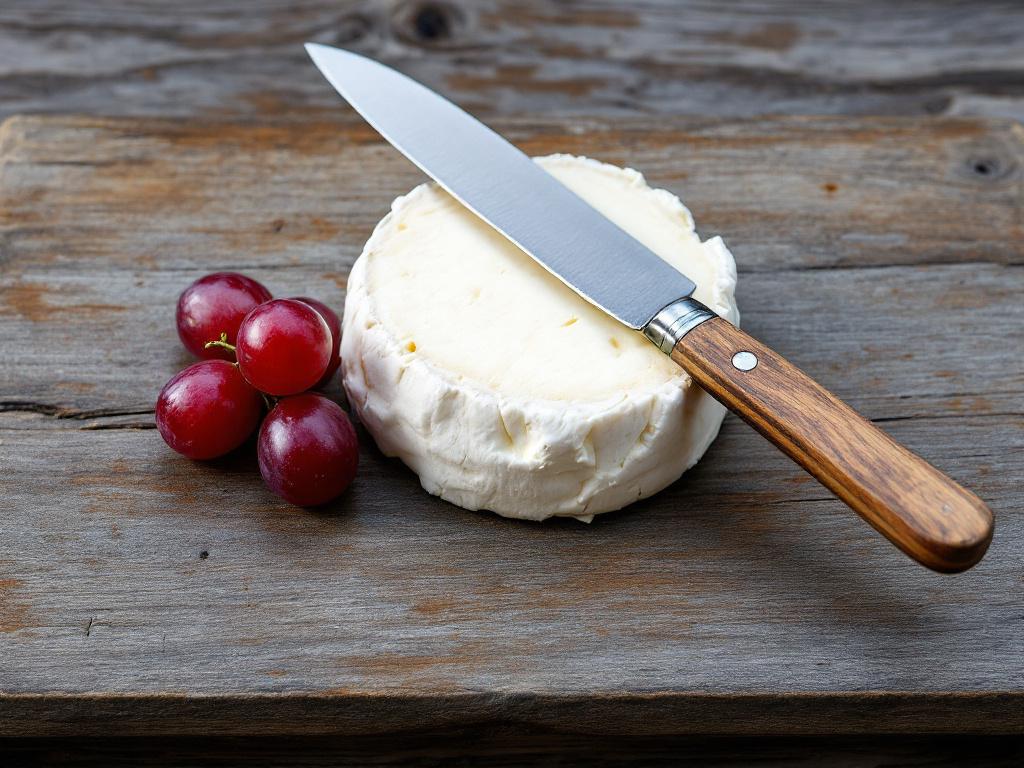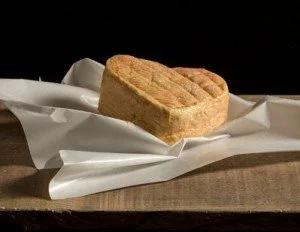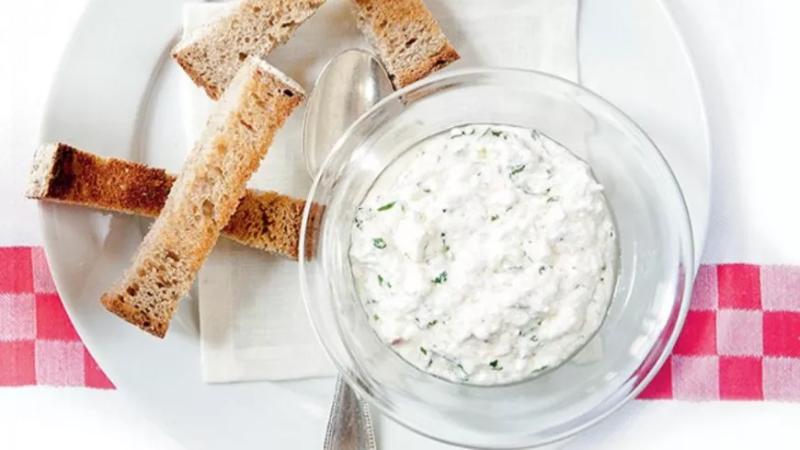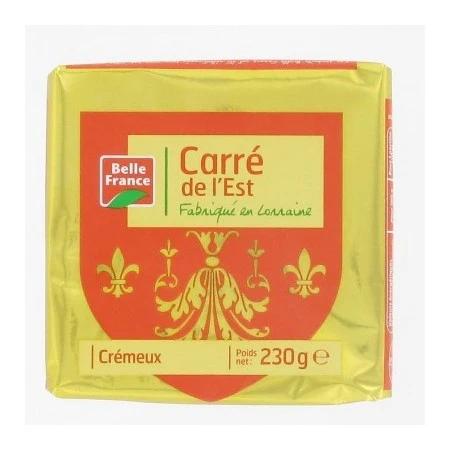Discover Crottin de Chavignol, France’s iconic small goat cheese with bold flavor and centuries-old heritage. Learn how this AOC-protected delicacy evolves from creamy to crumbly, its unique cheese production methods, and perfect wine pairings. Uncover fun facts, cultural significance, and where to buy this French goat cheese. Ready to taste tradition? Dive into the ultimate guide!
Estimated reading time: 10 minutes
Key Takeaways
- Crottin de Chavignol is a small, AOC-protected goat cheese from France's Loire Valley
- Its flavor evolves from creamy and tangy when young to crumbly and nutty when aged
- Only 50 farms in Chavignol produce this cheese using traditional methods
- Perfect pairings include Sancerre wine, honey, and walnuts
- Look for the AOC label to ensure authenticity when purchasing
Table of Contents
- Introduction: Meet Crottin de Chavignol
- The Origins and History of Crottin de Chavignol
- How Crottin de Chavignol is Made
- Flavor Profile and Texture
- The Cultural Significance of Crottin de Chavignol
- Pairing Crottin de Chavignol
- Where to Buy Crottin de Chavignol
- Fun Facts
- Recipe: Baked Crottin Salad
- Conclusion
- FAQ
Introduction: Meet Crottin de Chavignol
Imagine a cheese so iconic that its name translates to... goat droppings? Don't let that quirky detail fool you—Crottin de Chavignol is a star of French cheesemaking! Hailing from the Loire Valley, this small, cylindrical French goat cheese packs a punch with its tangy flavor and velvety texture. Loved by chefs and cheese boards alike, Crottin de Chavignol evolves from fresh and creamy to crumbly and complex as it ages. In this guide, you'll uncover its rich history, how it's crafted, and why it's a must-try for any cheese lover. Let's dive in!
The Origins and History of Crottin de Chavignol

Cheese Origins
This small goat cheese's story begins in the tiny village of Chavignol, home to just 200 people and a massive cheesemaking legacy. For centuries, local farmers have used time-tested cheese production methods to create Crottin de Chavignol. In 1976, it earned AOC status (Appellation d'Origine Contrôlée), a legal seal protecting its traditional production and ties to the Loire Valley.
Fun Fact Alert!
The name "Crottin" comes from the French word for animal droppings—a playful nod to its rustic, rounded shape. Thankfully, the flavor is anything but barnyardy!
How Crottin de Chavignol is Made
Cheese Production Methods
True Crottin de Chavignol starts with raw Alpine goat milk from herds grazing on the Loire's mineral-rich grasses. The milk is gently fermented, then hand-ladled into molds to form its signature small wheels. After draining, the cheeses age in humid cellars where natural molds work their magic.
- Young Crottin (2–4 weeks): Soft, creamy, and mildly tangy.
- Aged Crottin (10+ weeks): Firm, crumbly, and deeply nutty.
Did You Know?
Some versions are rolled in ash—a medieval trick revived in the 1970s to mellow its tangy edge! source
Flavor Profile and Texture
French Goat Cheese
This cheese is a flavor chameleon! When young, it's bright and lemony, with a melt-in-your-mouth texture. As it ages, it develops bold, earthy notes and a crumbly bite. The rind? Think wrinkled and rustic—a sign of artisanal aging.
Pro Tip
Compare it to other French cheese varieties like Valençay. Crottin de Chavignol stands out for its dynamic aging process and AOC-protected methods.
The Cultural Significance of Crottin de Chavignol
Cheese Cultural Significance
In France, Crottin de Chavignol is a culinary workhorse. It's baked into tarts, crumbled over salads, or served with fresh figs and baguettes. The village of Chavignol even throws annual cheese festivals where locals race goat-shaped carts and crown a "Cheese Queen"!
Globally, chefs adore it for its versatility. As one Parisian cheesemonger puts it: "It's like a blank canvas—but with personality!"
Pairing Crottin de Chavignol
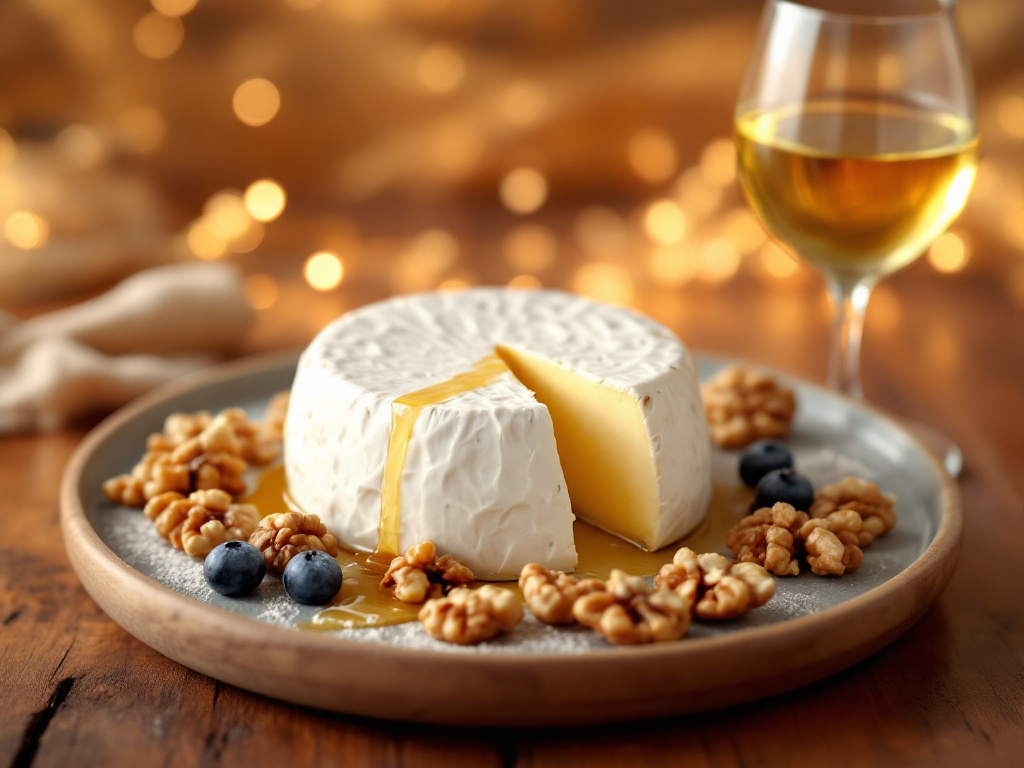
Wine Pairings
- Sancerre or Sauvignon Blanc: Their zesty acidity balances the cheese's tang.
- Rosé: Perfect for summer picnics.
Food Pairings
- Drizzle with honey or pair with walnuts.
- Try it baked on crusty bread (recipe below!).
Where to Buy Crottin de Chavignol
Product Availability Information
Look for the AOC label to ensure authenticity! Find it at:
- Specialty cheese shops in France (like Paris' La Cuisine).
- Online retailers like Cheese.com.
Fun Facts
- Only 50 farms in Chavignol produce this cheese!
- The ash-coated version was created to mimic historic preservation methods.
- AOC rules require using raw milk and aging in specific cellars.
Recipe: Baked Crottin Salad
Ingredients
Crottin, salad greens, honey, walnuts, baguette.
Steps
- Bake cheese-topped baguette slices at 400°F until golden.
- Toss greens with honey and walnuts.
- Top with warm Crottin toasts. Voilà!
Conclusion
Crottin de Chavignol is more than just a cheese; it's a testament to the rich culinary heritage of France's Loire Valley. From its humble beginnings in the small village of Chavignol to its esteemed AOC status, this goat cheese embodies the essence of traditional French cheesemaking. Its unique flavor profile, which evolves from creamy and tangy to crumbly and nutty, makes it a versatile ingredient in the kitchen and a delightful addition to any cheese board.
The cultural significance of Crottin de Chavignol cannot be overstated. It is a staple in French cuisine, celebrated in local festivals, and cherished by chefs worldwide. Whether you're pairing it with a glass of Sancerre wine, drizzling it with honey, or baking it into a delicious salad, Crottin de Chavignol offers a taste of France's culinary excellence.
For those looking to experience the authentic taste of Crottin de Chavignol, it's essential to look for the AOC label, ensuring you're getting a product that adheres to the traditional methods and high standards of quality. Whether you're a cheese connoisseur or a curious foodie, Crottin de Chavignol is a must-try delicacy that promises to delight your taste buds and transport you to the heart of the Loire Valley.
FAQ
Q: Can I eat the rind?
A: Absolutely! It adds a delicious earthy flavor.
Q: How long does it keep?
A: Up to 3 weeks wrapped in parchment paper.
Q: What is the best way to store Crottin de Chavignol?
A: Store it in the refrigerator, wrapped in parchment paper and placed in a loosely closed container to allow it to breathe.
Q: Can I freeze Crottin de Chavignol?
A: It's not recommended as freezing can alter the texture and flavor.
Q: What are some alternative pairings for Crottin de Chavignol?
A: Try pairing it with apple slices, pear jam, or a glass of sparkling wine.
Q: Is Crottin de Chavignol suitable for vegetarians?
A: It depends on the production methods. Some versions use animal rennet, so check with the producer if you have dietary restrictions.
Q: How can I tell if Crottin de Chavignol has gone bad?
A: If it develops an off smell, unusual mold, or an overly slimy texture, it's best to discard it.
Explore our curated selection of French cheeses at DeliFoodShop's French Cheese Category. Discover creamy Camembert, tangy Roquefort, and of course, the nutty delight of Ossau-Iraty. Your taste buds—and your next cheese board—will thank you! 🧀✨
